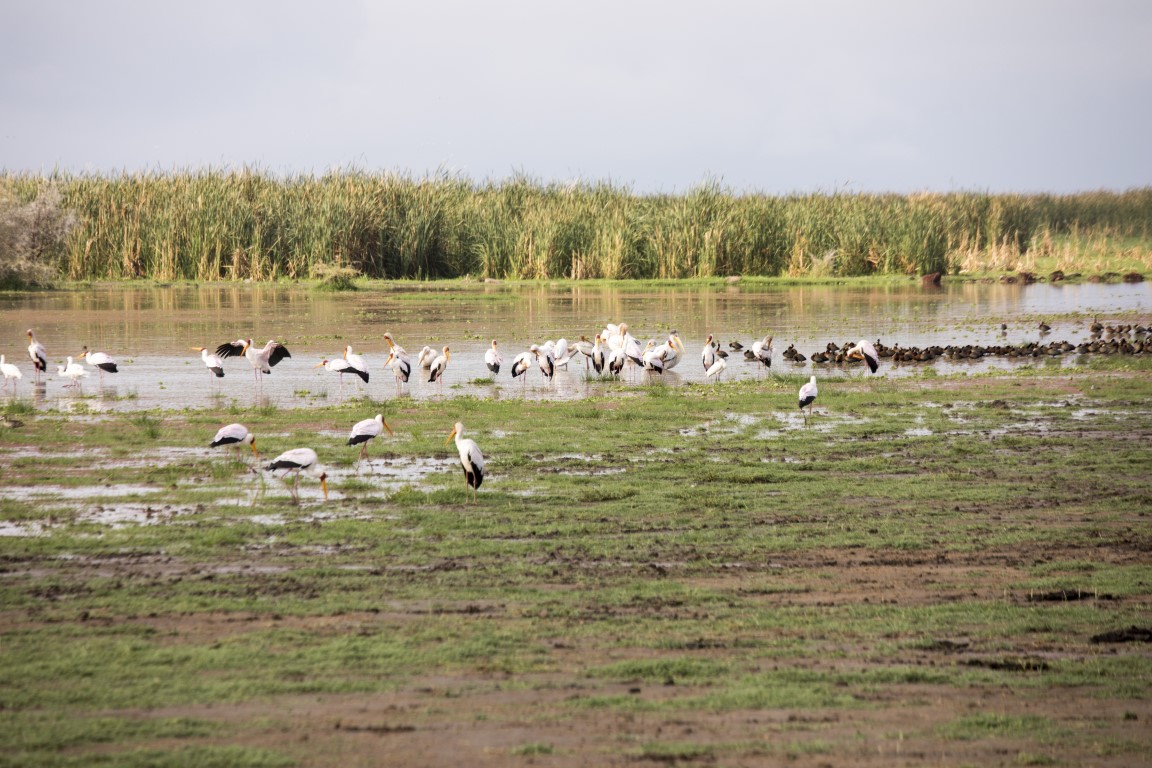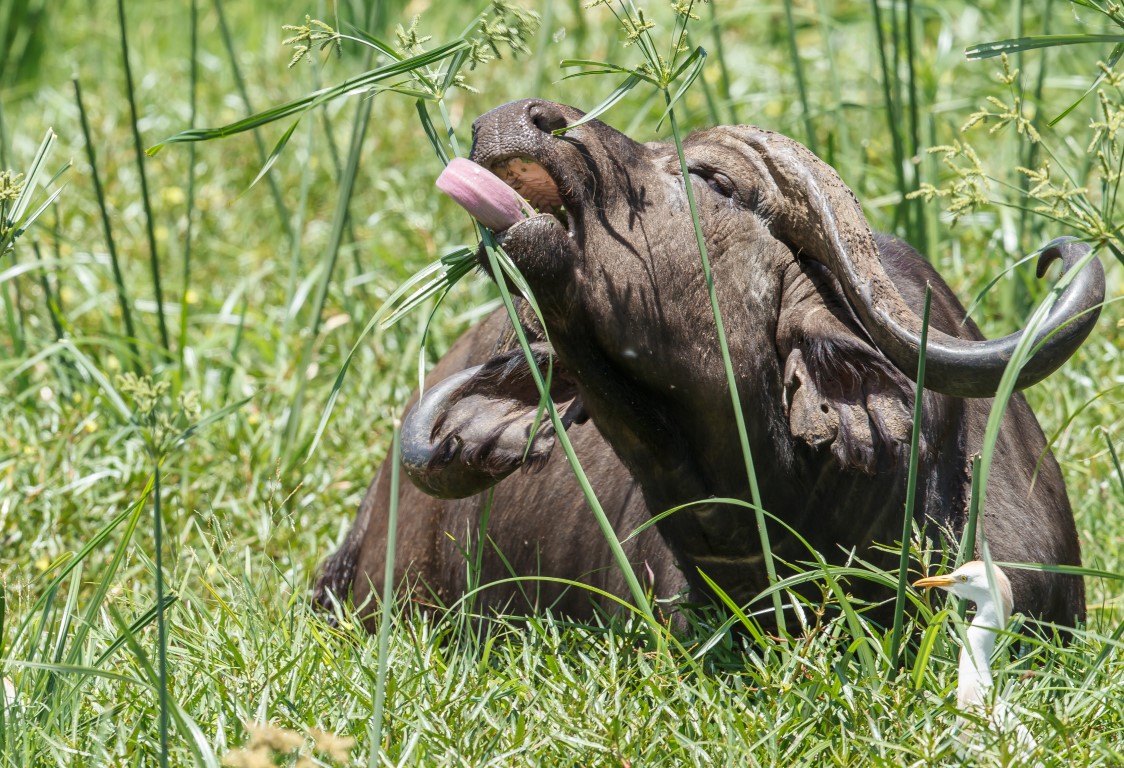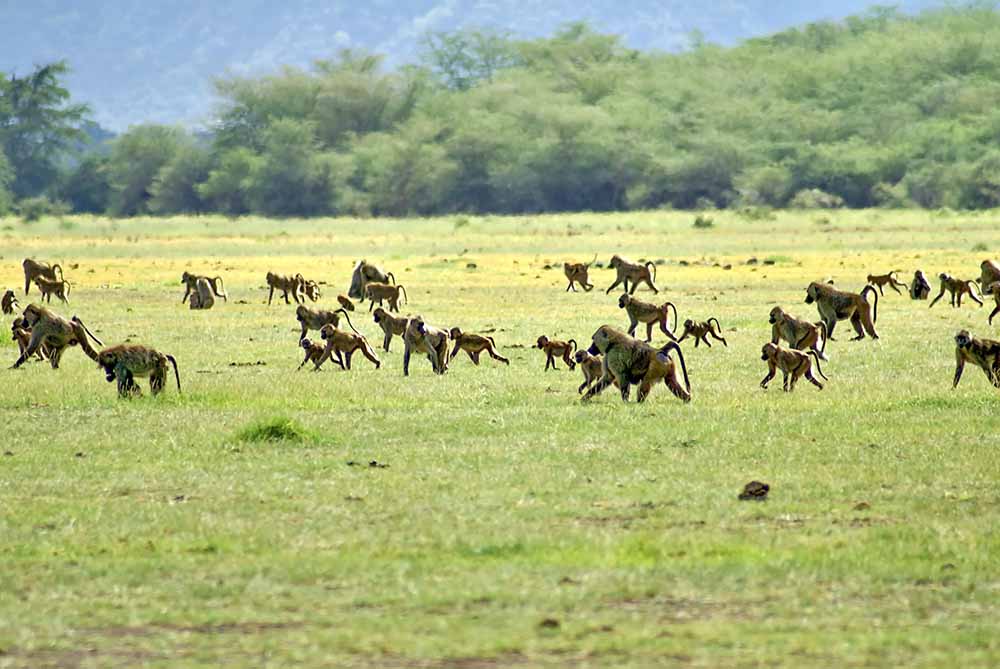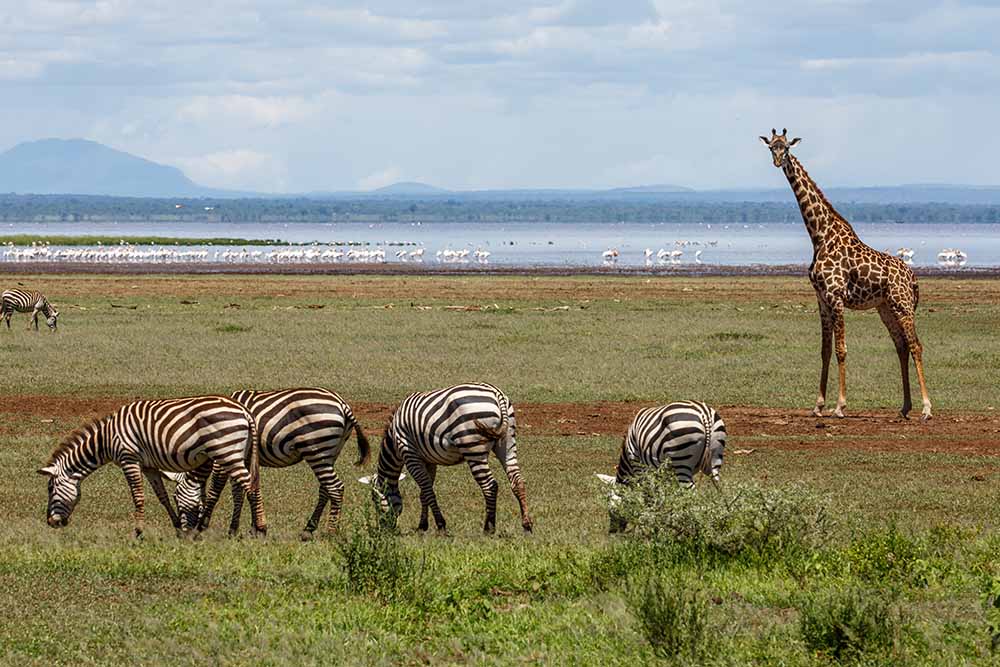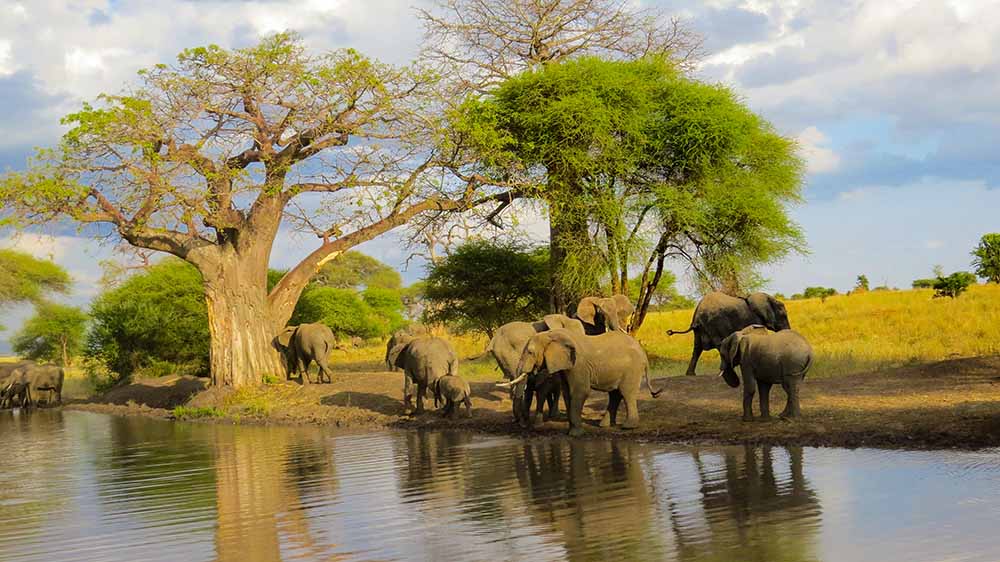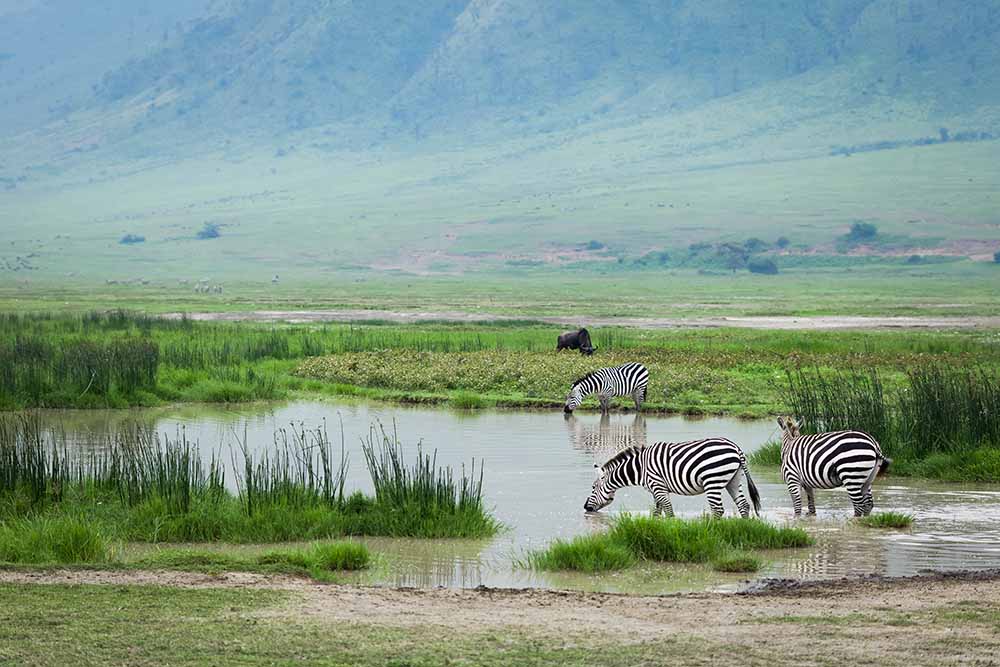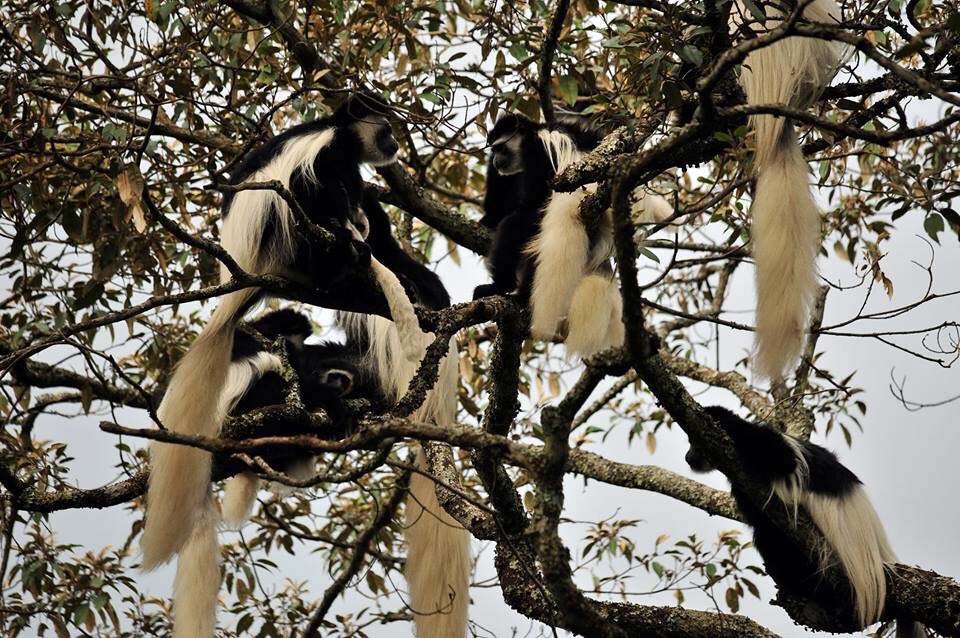Lake Manyara National Park
Lake Manyara, which was once a famous hunting ground, is now one of Tanzania’s most attractive sanctuaries. Located at the base of the Rift Valley escarpment, its groundwater forest offers a nice change of scenery from the more savannah-dominated parks. A wealth of surprisingly varied vegetation sustains a wealth of wildlife, nourished by chattering streams and waterfalls spilling over the cliff. Deep in the south of the park, hot springs bubble to the surface in the shadow of the escarpment and hippos wallow near the lake’s borders.
As visitors enter the gate they pass into the lush forest, which is home to troops of baboons and blue monkeys. Further along, the forest opens up to the woodlands, grassland, swamps, and the soda lake itself which covers 390 sq km and is a sanctuary to over 400 species of bird including flamingo, pelican, storks, sacred ibis, cormorants and Egyptian geese.
Two famous spectacles in Lake Manyara National Park are the tree-climbing lions, which spend most of the day spread out along the branches of acacia trees six to seven meters above ground, and tree climbing pythons. But like the Tarangire, the main attraction here is the park’s elephant population which can be seen in large numbers. Also represented here are giraffe, impala, hippo and a great variety of smaller animals.
Best time to go
Tanzania safaris are good in Lake Manyara practically all year round. As a result, it’s high season in the park for all but two of the wetter months (April and May).
Activities Lake Manyara
Game drives, bird watching, canoeing with forest walks on the escarpment, cultural tours, bike tours, and abseiling outside the park. It is also possible to organise one-day wildlife safaris to Lake Manyara.


